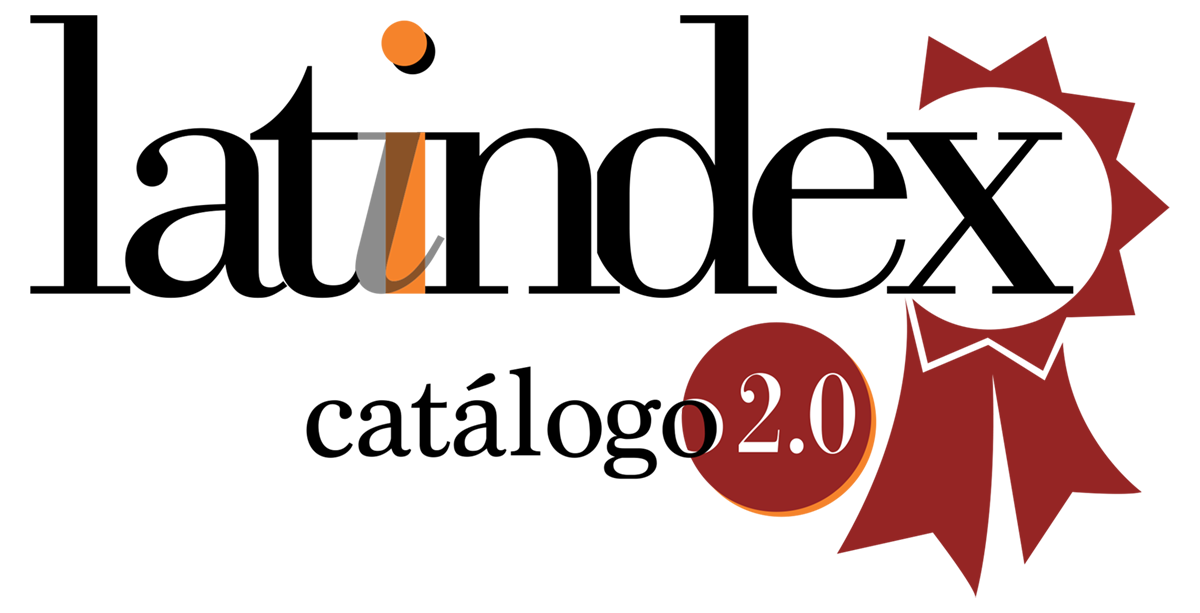Guide for reviewers
1. Peer review as part of the editorial process
Peer review is vital for MANGLAR to maintain the quality of its articles. Submitted manuscripts are rigorously evaluated by experts. After submission, the Scientific Editor performs a prior technical review and decides whether to reject or continue with peer review. If it continues, at least two independent experts thoroughly review the manuscript. The final decision rests with the Scientific Editor. Accepted manuscripts go on to layout and publication.
2. Reviewer profile
The role of the reviewer is vital to ensure the integrity of the scholarly record. Each reviewer is expected to conduct the evaluation of the manuscript in a timely, transparent, and ethical manner, following COPE guidelines https://publicationethics.org/sites/default/files/ethical-guidelines-peer-reviewers-cope.pdf
Reviewers must meet the following profile:
- It should not come from the same institution as the authors.
- Not having published jointly with the authors in the last two years.
- Have sufficient training and scientific experience to be considered an expert.
- Have an official and recognized academic affiliation.
3. Responsibilities of reviewers
MANGLAR strives to conduct rigorous peer review to ensure a thorough evaluation of each manuscript; this is a fundamental task for our reviewers. Reviewers have the following responsibilities:
- Judge the scientific quality of the manuscript.
- Respect the agreed deadlines and times for submitting your reports.
- Maintain confidentiality agreements on reviewed documents.
4. Benefits for reviewers
Although reviewing is crucial, it is an ad honorem task and does not provide financial benefits to the reviewer. Despite this, MANGLAR strives to recognize the efforts of all reviewers.
Reviewing a manuscript in MANGLAR brings the following benefits:
- Reviewers receive a personalized reviewer certificate.
- Once a year, out of all the reviewers who participated, three of them will receive recognition as “Outstanding Reviewer”.
- Outstanding reviewers may be promoted to become members of the Editorial Board (subject to the approval of the Scientific Editor).
5. General guidelines for reviewers
5.1. Invitation to review
Manuscripts submitted to the MANGLAR journal are reviewed by at least two experts, who may be reviewers suggested by the author, if they meet the profile indicated in section 2. Reviewers are asked to evaluate the quality of the manuscript and provide a recommendation to the external editor on whether a manuscript should be accepted, requires revisions, or should be rejected. In the event of declining the invitation, alternative reviewers are requested to be suggested.
5.2. Potential conflicts of interest
Reviewers must inform the Scientific Editor of any potential conflict of interest that could be perceived as bias in favor of or against the article or the authors. Potential conflicts of interest include:
- The reviewer works at the same institution as one of the authors.
- The reviewer has some academic connection with any of the authors in the last two years.
- The reviewer has a close personal relationship, rivalry or antipathy with any of the authors.
- The reviewer cannot in any way gain or lose financially from the publication of the article.
- The reviewer has any other non-financial conflict of interest (political, personal, religious, ideological, academic, intellectual, commercial or any other type) with any of the authors.
Reviewers are advised to read the relevant descriptions in the Ethical Guidelines for Peer Reviewers of the Committee on Publication Ethics (COPE).
5.3. Confidentiality statement
MANGLAR journal operates a single-blind peer review system. Until the article is published, reviewers must keep the content of the manuscript, including the abstract, confidential. Reviewers must also be careful not to reveal their identity to the authors, either in their comments or in the metadata of their reports.
5.4. Review reports
Below are some general instructions regarding the review report:
- Read the full article, as well as the supplementary material, if any, paying special attention to figures, tables, data and methods.
- The report should critically analyze the article as a whole, but also specific sections and key concepts presented in the article.
- Comments should be detailed so that authors can properly understand and address the revision of their manuscript.
- Reviewers should not recommend citing their own work, that of close colleagues, that of another author, or that of the journal, unless it is necessary to improve the quality of the manuscript under review.
- Reviewers may recommend references provided that they clearly improve the quality of the manuscript under review.
- Be neutral and provide constructive criticism that helps authors improve their work.
- Reviewers should not use AI tools, or other extensive language models, in the preparation of review reports. Reviewers are solely responsible for the content of their reports and the use of these tools may violate confidentiality, property and privacy rights of data. Their use may be acceptable only if it is to improve the written quality of the peer review report, such as reviewing grammar, structure, spelling, punctuation and formatting. If it is determined that AI tools have been used inappropriately in the preparation of the review report, the report will be discarded.
Review reports must contain the following:
- A brief summary (one short paragraph) describing the purpose of the article, its main contributions and strengths.
- General comments highlighting areas of weakness, testability of the hypothesis, methodological inaccuracies, missing controls, etc., in the case of original articles; or commenting on the integrity of the topic, relevance of the topic, identified knowledge gap, adequacy of references, etc., in the case of review articles.
- Specific comments referring to line numbers, tables or figures that point out inaccuracies in the text or unclear sentences. These comments should focus on the scientific content and not on style issues (spelling, syntax or formatting). A style review will be performed if the article is accepted.
General questions that help generate an original article report:
- Is the manuscript clear, relevant to the field, and presented in a well-structured manner?
- Are the references cited mostly recent publications (within the last 5 years) and relevant? Are there an excessive number of self-citations ?
- Is the manuscript scientifically sound and the experimental design appropriate to test the hypothesis?
- Are the results in the manuscript reproducible according to the details provided in the methods section?
- Are the figures, tables, images, and diagrams adequate? Do they display the data appropriately? Are they easy to interpret and understand? Are the data interpreted appropriately and consistently throughout the manuscript? Include details about statistical analysis or data acquired from specific databases.
- Are the conclusions consistent with the evidence and arguments presented?
General questions that help generate a review article report:
- Is the review clear, comprehensive and relevant to the field? Is there a gap in knowledge identified?
- Has a similar review been published recently and, if so, is it still relevant and of interest to the scientific community?
- Are the cited references mostly recent publications (within the last 5 years) and relevant? Are relevant citations omitted? Does it include an excessive number of self-citations ?
- Are the statements and conclusions drawn consistent and supported by the citations listed?
- Do they display the data adequately ? Is it easy to interpret and understand?
The content of the review report will be evaluated by the Scientific Editor from a scientific point of view and for general usefulness in improving the manuscript.
Important: If the reviewer detects any scientific misconduct or fraud, plagiarism or any other unethical behavior related to the manuscript, he or she should raise these concerns with the Scientific Editor immediately.
5.5. General recommendation
Please provide a general recommendation for the next stage of processing of the manuscript as follows, taking into account the following options:
- Accepted as is : The article can be accepted without further changes.
- Acceptance after minor revisions: The article may be accepted after a revision based on the reviewer's comments.
- Reconsideration after major revisions : The author should provide a point-by-point response or provide a rebuttal if some of the reviewer's comments cannot be accepted.
- Reject : The article is seriously flawed, makes no original contribution, and the article may be rejected without an offer to resubmit to the journal.
Please note that this recommendation is only visible to the Scientific Editor, not to the authors. The decision to accept or reject must always be well justified.









